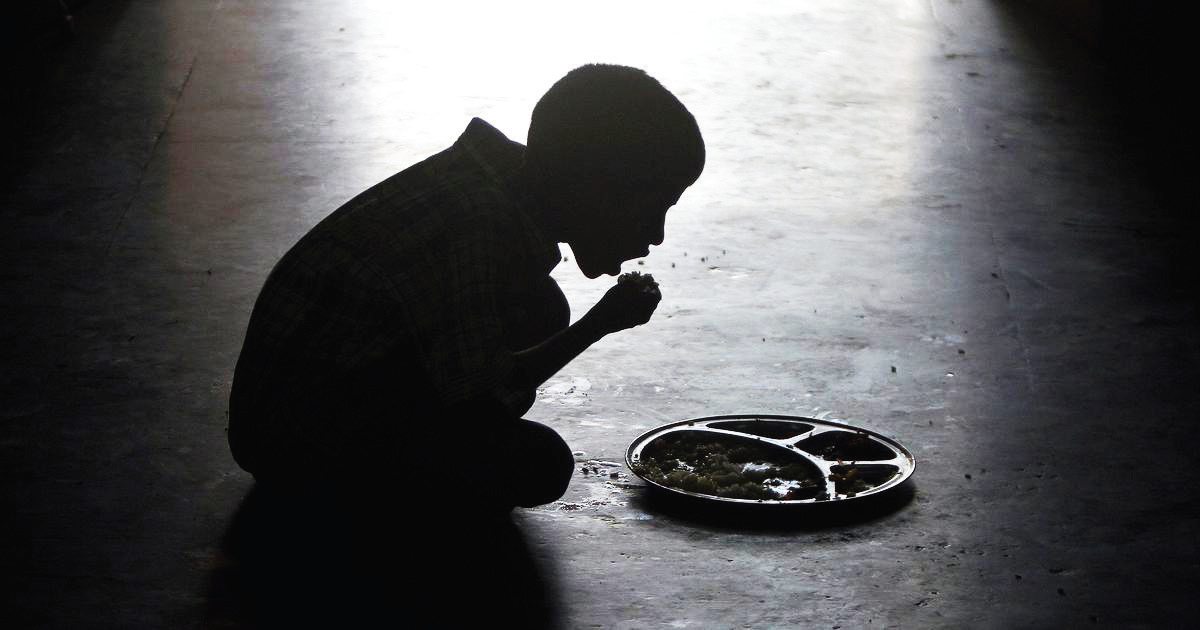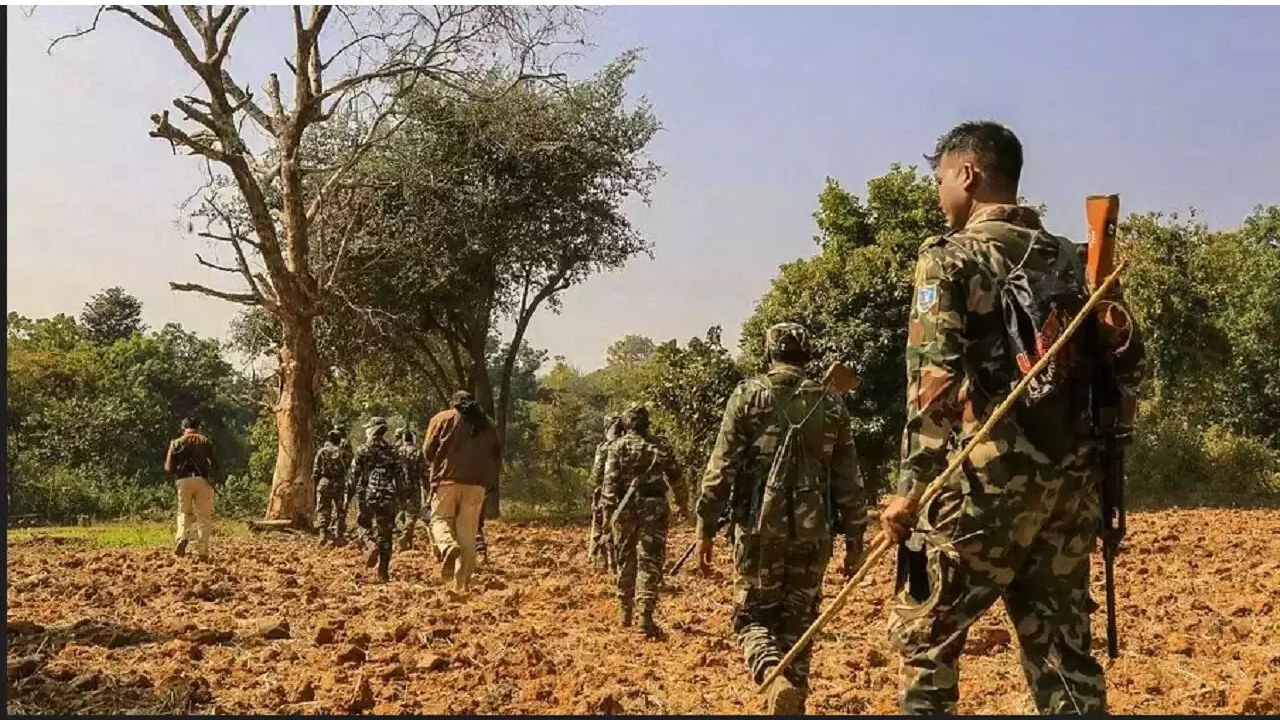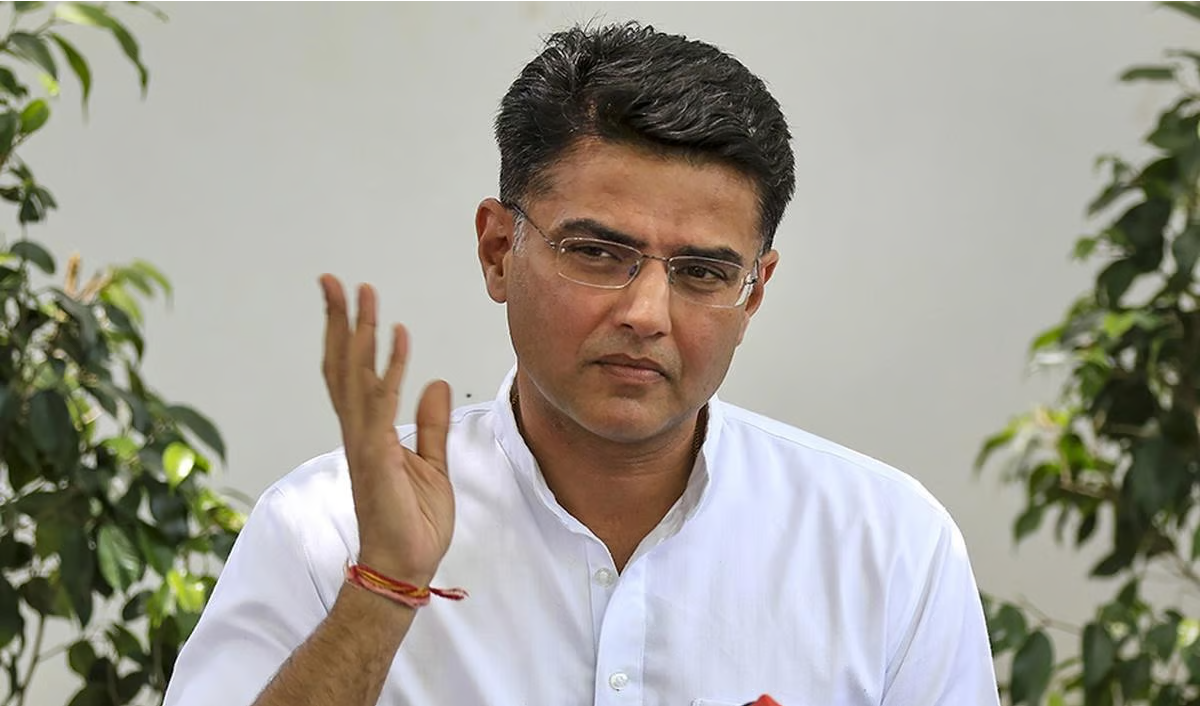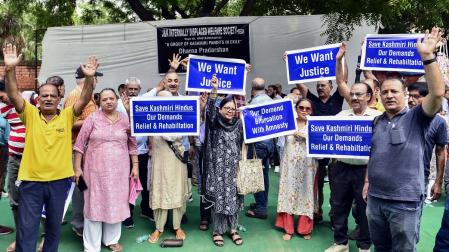
Blame it on the caste divide: India’s child stunting rates higher than even Sub-Saharan Africa, says study
NT Correspondent
New Delhi
A new research study has shown that the paradox of India having higher child stunting than sub-Saharan Africa disappears if chronic malnutrition is studied along caste lines, reports The Wire. So far, experts have viewed the higher child stunting rates in India, compared to those in sub-Saharan Africa one of the world’s poorest regions as a paradox, given India’s stronger economic position. However, economists Ashwini Deshpande and Rajesh Ramachandran have found that children from historically marginalised communities like Scheduled Castes (SCs) and Scheduled Tribes (STs) are 50% more likely to be stunted than children from forward castes.
The survey, based on a nationwide household survey conducted during 2019-21, covered 200,000 children under the age of five and estimated a stunting rate of 36% compared with an average 34% across 19 sub-Saharan African countries. However, stunting in children from forward castes was found to be 27%, significantly lower than than sub-Saharan Africa’s 34% and India’s 36%. The study also found that forward caste Indian children were 20% less likely to be stunted compared with children in sub-Saharan Africa even after taking into account socio-economic and other factors that can influence child nutrition and stunting levels, the Telegraph reported.
This implies that a ‘broad’ India-Africa comparison overlooks the vast amount of disparity within India when it comes to measuring nutrition outcomes. The researchers have called this the “hidden divide”. “Our results show that gaps between the groups (within) India dwarf the India-sub-Saharan Africa stunting gap,” said Deshpande, professor and head of economics at Ashoka University, and Ramachandran, an economist at the Monash University Malaysia. “Much of the academic attention has focused on India versus sub-Saharan Africa,” Deshpande told The Telegraph. “We need to understand the differences in stunting across population groups within India and the reasons why such differences persist,” she added.
 English daily published in Bengaluru & Doha
English daily published in Bengaluru & Doha






